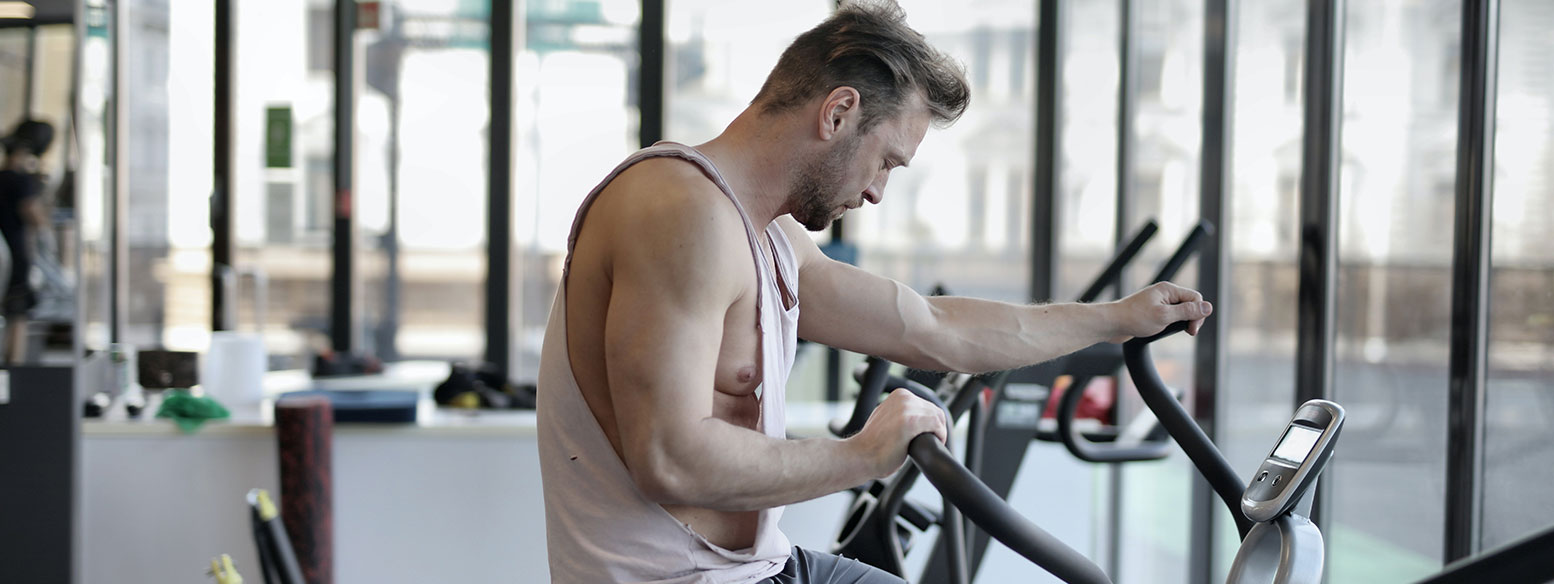W Workout Routines
Cardiovascular Exercises: A Comprehensive Guide to Heart-Healthy Workouts
By
Beauty Doctor MD October 5, 2023

Cardiovascular exercises, often referred to as cardio or aerobic exercises, are a cornerstone of fitness and a vital component of a healthy lifestyle. These exercises get your heart rate up, increase your lung capacity, and strengthen your cardiovascular system, leading to numerous health benefits. In this comprehensive guide, we will explore the world of cardiovascular exercises, their importance, various forms, and tips for maximizing their effectiveness.

What Are Cardiovascular Exercises?
Cardiovascular exercises are physical activities that engage the large muscle groups in your body and increase your heart rate, breathing rate, and circulation. These exercises challenge your cardiovascular system, which includes your heart, blood vessels, and lungs, to deliver oxygen-rich blood to your muscles efficiently.
The Importance of Cardiovascular Exercises
- Heart Health: Cardiovascular exercises strengthen your heart, making it more efficient at pumping blood. This can lower your risk of heart disease, heart attacks, and other cardiovascular conditions.
- Weight Management: Engaging in regular cardio workouts can help you maintain a healthy weight or lose excess pounds by burning calories.
- Improved Lung Function: Cardio exercises increase lung capacity and efficiency, enhancing your body’s ability to deliver oxygen to your muscles.
- Enhanced Endurance: Regular cardio training boosts your stamina and endurance, allowing you to perform everyday activities with ease and take on physical challenges.
- Mood Enhancement: Cardio workouts release endorphins, which can improve your mood, reduce stress, and alleviate symptoms of anxiety and depression.
- Better Sleep: Consistent cardiovascular exercise can promote better sleep patterns, helping you fall asleep faster and enjoy more restorative rest
- Increased Energy Levels: Regular cardio sessions can boost your energy levels and combat feelings of fatigue.
Types of Cardiovascular Exercises
Cardiovascular exercises come in various forms, allowing you to choose activities that suit your preferences and fitness level. Here are some popular options:
- Running and Jogging: Running and jogging are excellent ways to get your heart rate up and burn calories. You can do them outdoors or on a treadmill.
- Walking: Walking is a low-impact form of cardio that can be done almost anywhere. It’s suitable for people of all fitness levels.
- Cycling: Whether you prefer riding a stationary bike at the gym or cycling outdoors, it’s an effective cardiovascular exercise that’s easy on the joints.

- Swimming: Swimming engages your entire body and is gentle on the joints, making it a fantastic option for a full-body workout.
- Jumping Rope: Jumping rope is a high-intensity cardio workout that improves coordination and burns calories quickly.
- Dancing: Dancing can be a fun and effective way to get your heart rate up while enjoying music and improving your coordination.
- Aerobics Classes: Joining aerobics or group fitness classes like Zumba or step aerobics can make cardio workouts enjoyable and social.
- Hiking: Hiking combines cardio exercise with the beauty of nature, making it both physically and mentally rewarding.
- Rowing: Rowing machines provide a full-body workout, engaging your legs, arms, and core.
- HIIT (High-Intensity Interval Training): HIIT involves short bursts of intense exercise followed by brief periods of rest or low-intensity activity. It’s known for its time efficiency and calorie-burning benefits.
Tips for Effective Cardiovascular Workouts
- Set Clear Goals: Define your fitness goals, whether it’s improving endurance, losing weight, or training for a specific event. This will guide your choice of cardio exercises and workout intensity.
- Start Slowly If you’re new to cardio, begin with low-intensity exercises like walking and gradually increase the intensity and duration.
- Consistency is Key: Consistency is more important than intensity. Aim for regular cardio workouts, even if they are shorter sessions.
- Mix It Up: Variety prevents boredom and challenges your body in different ways. Incorporate a mix of cardio activities into your routine.
- Warm Up and Cool Down: Always start with a warm-up to prepare your body and finish with a cool-down to help your heart rate and breathing return to normal gradually.
- Monitor Intensity: Use the talk test or a heart rate monitor to gauge the intensity of your workouts. You should be able to hold a conversation during moderate-intensity workouts.
- Gradually Increase Intensity: As your fitness improves, gradually increase the intensity or duration of your workouts to continue making progress.
- Stay Hydrated: Drink water before, during, and after your workouts to stay properly hydrated.
- Listen to Your Body: Pay attention to how your body feels during and after workouts. If you experience pain, dizziness, or extreme fatigue, stop and consult a healthcare professional if necessary.
- Include Strength Training: Combine cardio with strength training for a well-rounded fitness routine. Muscle-building exercises can boost your metabolism.
- Rest and Recovery: Give your body time to recover between intense cardio sessions to prevent overtraining and reduce the risk of injury.
Conclusion
Cardiovascular exercises are a fundamental component of a healthy lifestyle and offer a wide range of physical and mental benefits. Whether you prefer running, swimming, cycling, or dancing, there’s a cardio activity for everyone. By incorporating regular cardio workouts into your routine and following the tips provided, you can improve your heart health, boost your mood, and enhance your overall well-being. Remember that consistency and gradual progression are key to reaping the rewards of cardiovascular exercise, so lace up your sneakers, hit the trail, and start enjoying the many benefits of cardio fitness today.


